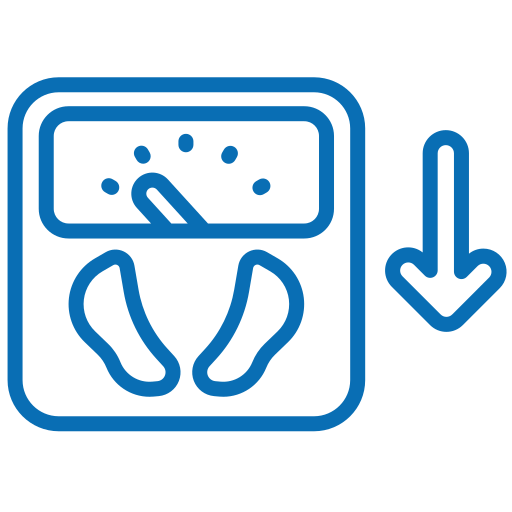X-ray imaging often sounds intimidating, but it’s a crucial tool in diagnosing injuries and underlying conditions. In this post, we unravel when and why you might need an X-ray, empowering you with expert insights and actionable advice for better decision-making. Understanding the precise moment to seek imaging can transform your approach to health and recovery. With a focus on proactive care, we aim to demystify the process, ensuring you’re well-informed and confident in your journey toward optimal well-being every day.
Table of Contents
ToggleKnowing about Diagnostic Imaging and X-rays
An X-ray is a type of diagnostic imaging that produces finely detailed pictures of the inside organs of the body using controlled radiation. Thanks to this indispensable equipment, healthcare practitioners can evaluate bones, tissues, and organs without invasive procedures. When evaluating injuries and symptoms, such as fractures, dislocations, or disease indicators, radiography is essential. An X-ray provides a good picture of interior ailments, which aids in precise diagnosis and helps guide specific treatment choices. Because of its accuracy, it is essential for the early identification and treatment of medical conditions. All things considered, it transforms patient care.
Common Injuries & Symptoms Requiring Imaging
Common injuries that call for an X-ray include fractures, joint pain, and persistent discomfort. These issues often arise after accidents or sports activities and can signal bone breaks or dislocations. Radiography helps clarify injury symptoms and assess damage precisely.
Prompt imaging leads to early detection and better treatment outcomes. Diagnostic imaging reveals subtle fractures and underlying conditions swiftly. Using medical imaging in injury assessment supports timely intervention and tailored care. We rely on these tools for accurate diagnoses and improved recovery.
Key Indicators: When to Seek an X-Ray
Consider an X-ray if you experience unusual, lingering pain or notice significant swelling. Impaired mobility or difficulty bearing weight signals that further investigation may be needed. We advise monitoring the injury closely—if discomfort persists or worsens, consult a healthcare professional promptly. Assess the severity by noting any sharp pain during movement or visible deformity. Your body’s cues are vital for early detection. Professional evaluation ensures accurate imaging, tailored intervention, and a clear diagnosis. Rely on expert guidance to decide on imaging for optimal care and recovery. Proactive action now can pave the way for a smoother, healthier future.
Final Thoughts & Next Steps
Knowing when to get an X-ray empowers you with early detection and effective treatment. We encourage you to consult a healthcare professional if injury symptoms persist. Schedule your exam today and take a proactive step toward better health. We’re here to support you on your journey to wellness.






















